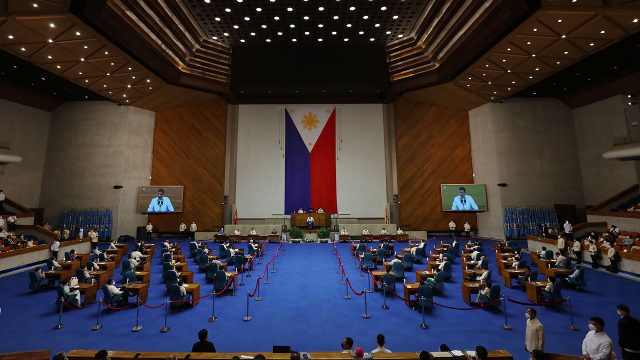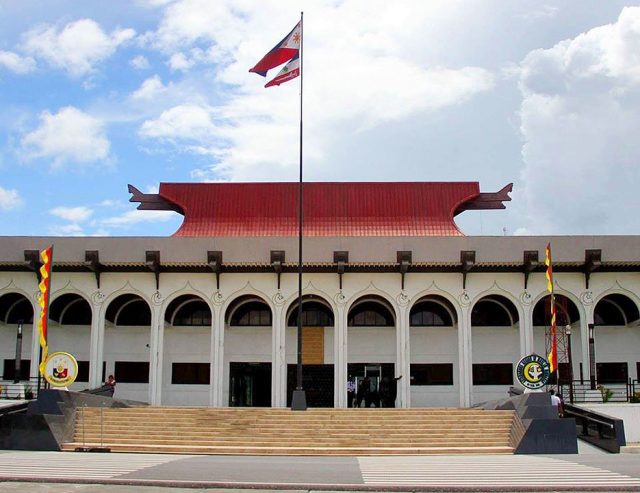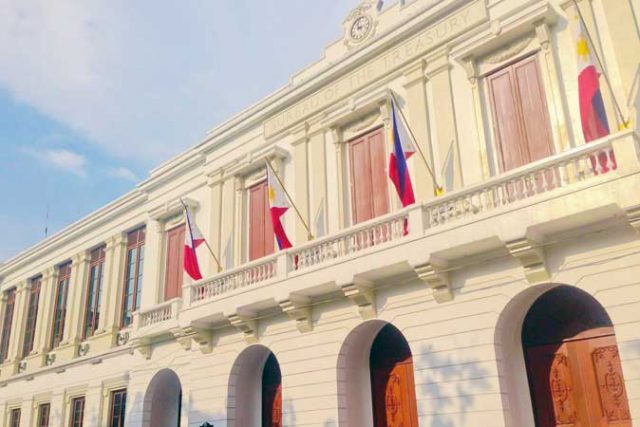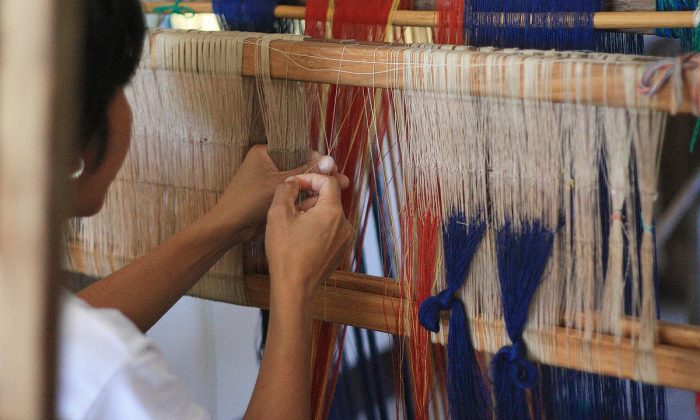Growth hacking towards app development
Nowadays, mobile applications are functioning as channels for various services such as payments, communications, gaming, and much more. To keep up with this wide market, app owners and developers may want to look into a growth-driven yet cost-effective strategy called Growth Hacking.
Coined by entrepreneur Sean Ellis in 2010, growth hacking is a method that focuses on consumers and involves cross-functional teams.
But how can one ‘growth hack’ their way to app development? Industry experts, who are also judges of Huawei’s app development contest AppsUp2021, discuss approaches and resources to effectively integrate growth hacking in creating apps.
The fundamental attitude that developers and owners should contain in growth hacking is being centered on the customer.
“[Growth hacking] starts with being customer-centric — having a clear vision of your intended users and you are serving their needs,” said Ryan Chan, head of Global Business Development, Global Growth Acceleration at Malaysia Digital Economy Corporation (MDEC).
To reach that audience in mind, Mr. Chan suggested using the most relevant and latest channels in designing holistic marketing and PR campaign.
App owners and developers must then generate ways for user engagement and retention.
“Listen to your user’s feedback, analyze their behavior, and engage with them actively. Having good retention and conversion number will help your apps get a spotlight on the store and ultimately have your users recommend your product to their circle,” advised Adam Ardisasmita, chief executive officer of Arsanesia.
“Once an app can acquire downloads, convert them into a high retention number, and have the users review your apps, your apps will have a solid potential to grow,” he added.
For Mr. Ardisasmita, positive reviews and ratings on the store page are important as their numbers can reflect engagement success.
Another way to keep the engagement is through consistently coming up with features that encourage increased app usage over time, recommended by Plug and Play Tech Center co-founder Jojo Flores.
“I would suggest creators of apps to try as many growth hacks as possible available in their arsenal. There is no one method in doing this, so one needs to throw as much as they can on the wall and see which one sticks,” Mr. Flores said.
“Sometimes, a high per-user engagement is better than having more users, which doesn’t really increase value,” he noted.
Along with having customer-centricity, being data-driven is also part of growth hacking. Mr. Chan of MDEC advised owners and developers to identify significant metrics for the business and the devising of growth strategies.
“Entrepreneurs need to have a plan in place to use analytics from day one to help understand user behavior, personas, and events and to use this analytics data to figure out what works best on your app,” he said.
With the data, growth hackers need to employ a mix of creative and analytical thinking to build strategies and tactics to engage users, Mr. Chan added.
Helpful resources from Huawei
In fulfilling these approaches to reach and retain app users, owners and developers also need various resources. Because growth hacking, as mentioned, does not only comprise of marketing.
“Growth hacking comes real through cross-functional cooperation within the company, by optimizing every possible step in the mobile app life cycle and achieving growth quickly and effectively,” said Shane Shan, director of Huawei Asia-Pacific (APAC) Consumer Cloud Service.
According to Mr. Shan, the technology company’s Huawei Mobile Services (HMS) helps app partners in developing a sustainable mobile ecosystem by providing start-to-end support, such as in marketing and technical matters.
HMS works with its partners in tailoring co-marketing campaigns based on an app’s unique selling points and local preferences.
The platform also provides online and offline touchpoints such as Huawei native apps and retail stores, which give apps some exposure and reach potential users.
Moreover, being a new player in the market, Huawei’s AppGallery can be advantageous for owners and developers. “Becoming an early entrant in this less saturated market means easier discovery for any app products listed on the platform, which help app owners to gain quick visibility and downloads,” said Mr. Shan.
Aside from marketing, HMS also offers technical solutions to its partners. The company is constantly upgrading its HMS Core open capabilities to bring more advanced features such as AI and AR to meet the growing need for intelligent app functions. According to
Mr. Shan, they have also set up technical teams in key APAC markets to give hands-on training and troubleshooting assistance for developers in creating and optimizing apps.
App developers based in the APAC region can also experience these advantages with more opportunities by joining Huawei’s AppsUp2021. By integrating at least one HMS Core Kit in their apps, they can submit it to the app innovation contest.
“Besides cash rewards, AppsUP 2021 is also providing a stepping stone for developers to enter the global market and bring smart life services to Huawei device users in more than 170 countries and regions,” Mr. Shan added.
The AppsUp 2021 will feature 10 award categories including Best App, Best Game, Best Social Impact Award, Honourable App Award, and Most Popular App Award. The new categories are AppGallery Rising Star Award, Best Fintech Innovation Award, Best HMS Core Innovation Award, Excellent Student Award, and Tech Women‘s Award. It will select 20 outstanding apps basing on their social value, business value, user experience, and innovativeness. APAC winners can receive a total of US$200,000 in cash prizes.
“In Huawei, we believe in building a fully inclusive digital society, where technology is for everyone. Through our accessible platforms, development tools, and technical resources, we hope to empower all levels of developers so that they can showcase their capabilities to the world,” Mr. Shan said.
Huawei‘s powerful technologies; app growth support and opportunities; and new market can thus be leveraged in employing growth hacking strategies and the app development process.
App owners and developers are invited to Huawei’s app innovation contest, AppsUP 2021. Get a chance to promote your app, receive advice, win cash, and more. To know the requirements, registration, and other information on AppsUP 2021, visit the official website (http://bit.ly/appsupapacpc).
Spotlight is BusinessWorld’s sponsored section that allows advertisers to amplify their brand and connect with BusinessWorld’s audience by enabling them to publish their stories directly on the BusinessWorld Web site. For more information, send an email to online@bworldonline.com.
Join us on Viber to get more updates from BusinessWorld: https://bit.ly/3hv6bLA
























